The Evolution of Feminism in Literature: An Insightful Analysis
The feminist movement has found expression in literature as early as the 18th century. Since then, it has continued to blossom, showcasing diverse forms of feminism while reacting to historical changes in societal structures and perceptions. This article aims to delve into the exploration of feminism in literature, examining its evolution, its diverse forms, and its impact on society.
Feminism in Early Literature
The first wave of feminism in literature coincided with the Enlightenment period and comprised authors such as Mary Wollstonecraft and Jane Austen. Wollstonecraft's renowned Vindication of the Rights of Woman can be considered an early feminist text, which dealt with societal expectations and unequal educational opportunities for women. Meanwhile, Jane Austen subtly challenged social norms and expectations of women through her strong, intelligent female characters.
Feminism and Historical Changes
The progression of feminism in literature closely mirrors the shifting tides of the feminist movement over time. The second wave of feminism (the 1960s to the 1980s) saw authors like Betty Friedan and Adrienne Rich reflect on issues related to reproductive rights, sexuality, and the role of women in the domestic sphere. With the changing societal and political landscape, literature became more intimate and introspective, exploring personal experiences.
Feminism in Modern Literature
The advent of the third wave of feminism and beyond brought forth intersectional feminism. This concept, coined by Kimberlé Williams Crenshaw, acknowledges the overlapping layers of discrimination faced by women due to factors such as race, sexual orientation, and social class. Contemporary authors such as Roxane Gay in her work Bad Feminist and Chimamanda Ngozi Adichie in her essay We Should All Be Feminists provide thoughtful reflections on these intersecting layers of discrimination.
The Impact of Key Feminist Writers
The literary works by feminist writers have had a profound effect on society by challenging the status quo and pushing for change. They successfully highlighted issues that were once considered taboo, further fuelling discussions around equality and women’s rights. Additionally, their works have empowered many women, providing them a sense of identity and stimulating personal growth.
Diverse Forms of Feminism in Literature
Examining the literary portrayal of feminism also necessitates understanding its diverse forms. Liberal feminism seeks equality between the sexes while radical feminism focuses on challenging and overthrowing patriarchal systems. Intersectional feminism emphasizes the interconnected nature of social categorizations such as race, class, and gender. These discernable strands of feminism are well-represented in literature, offering readers multi-faceted perspectives on the feminist discourse.
Conclusion
From early literature to the modern era, feminism has been an influential force, challenging societal norms and shaping discussions on equality and individuality. Its evolution in literature marks not just the victories and progress of the feminist movement, but also its ongoing struggles, conflicts, and challenges. As the feminist journey continues, so too does its representation in literature, ever-evolving and redefining itself.
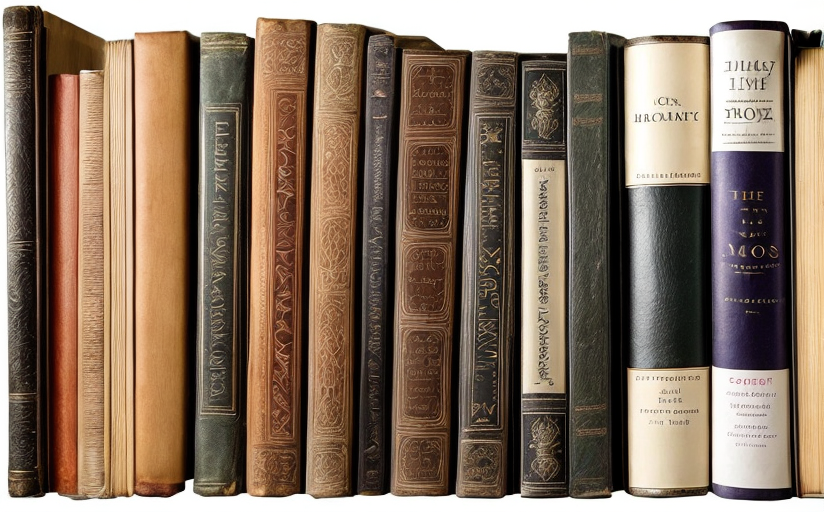
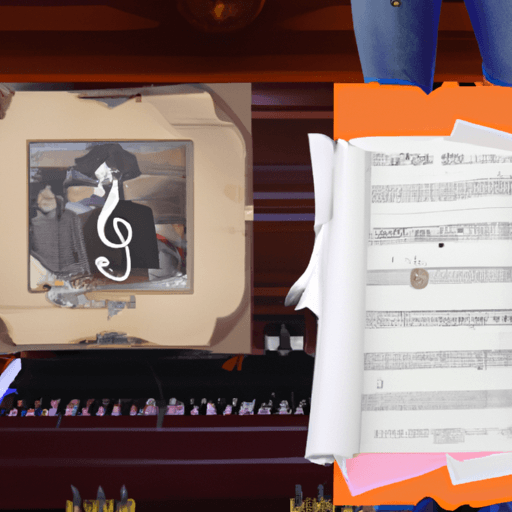




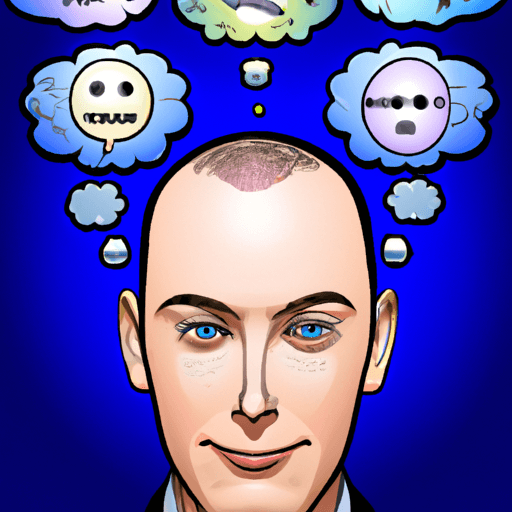


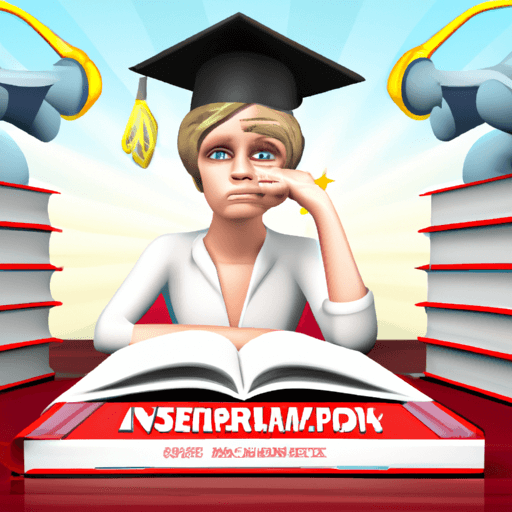



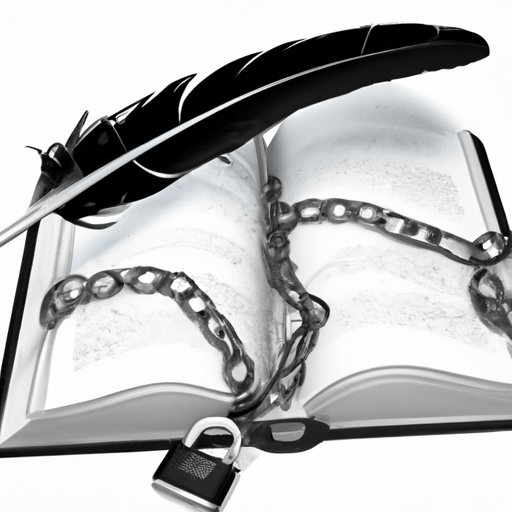



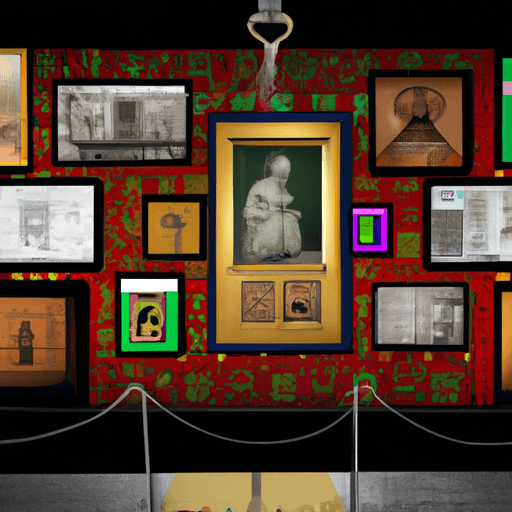
Comments
Leave a Comment